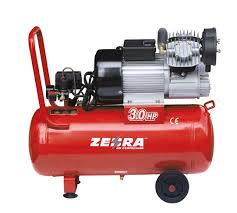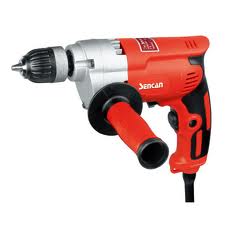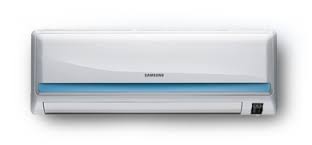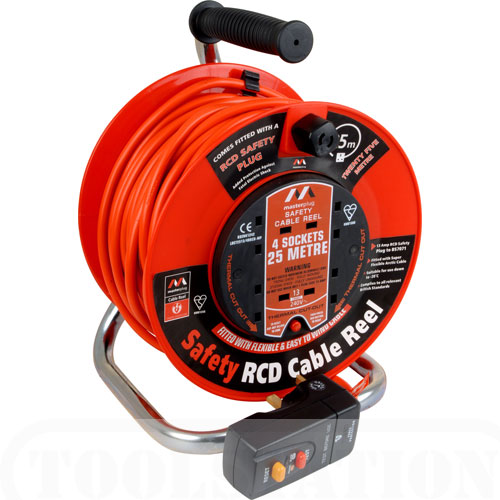PORTABLE APPLIANCE TESTING INFORMATION
WHY IS PORTABLE APPLIANCE TESTING NECESSARY ?
'Because it can save lives and for Employers there are statutory requirements associated with electrical equipment that have to be met by law'.
Within the UK there are statutory requirements relating to Health & Safety at Work that all employers and Employees must comply with, by law
These requirements are covered by legislation aimed at the prevention of dangerous electrical equiment in the workplace by the maintenance of electrical equipment in a safe working condition.
This legislation requires all employees to maintain electrical equipement in a safe condition
Beware ! Offences committed against the Regulations will always lead to prosecution, may invalidate your insurance and lead to compensation claims against your business.
WHAT IS REQUIRED TO BE INSPECTED AND TESTED
All types of mains powered electrical portable, moveable, hand-held, stationary, fixed and 'equipment for building in', I.T. equipment and extention leads are required to be regularly inspected and tested.
(Note: provision of new equipment does not exempt the need for formal inspection and testing. Manufacturer's warranties only provide for repair or replacement of a faulty device. They do not guarentee that a new device is electrically safe).
EQUIPMENT TYPES
The following definitions are taken from the Institution of Electrical Engineers Code of Practice;-
PORTABLE APPLIANCES
A portable appliance is an appliance of not more than 18kg in mass that is intended to be moved while in operation or an appliance which can easily be moved from one place to another, e.g kettle, toaster, food mixer etc.

MOVEABLE EQUIPMENT (SOMETIMES CALLED TRANSPORTABLE)
This is equipment
that is either;-
18Kg or less in mass and not
fixed, eg. Electric Fire, or equipment with wheels, castors or
other means to facilitate movement by the operator as required to
perform its intended use, eg. mobile Air Conditioning
Unit.

HAND HELD APPLIANCES OR EQUIPMENT
This is portable equipment
intended to be held in the hand during normal use
eg.
Hair Dryer, Power
Drill, Soldering Iron, Angle Grinder, etc.

STATIONARY EQUIPMENT OR APPLIANCES
This equipment has a mass exceeding 18Kg and is not provided with a carrying handle eg. Refrigerator, Washing Machine, Dishwasher, etc.

FIXED EQUIPMENT OR APPLIANCES
This is equipment or an appliance which is fastened to a support or otherwise secured in a specified location eg. Hand Drier, Convector Heater, Water Heater, Heated Towel Rail, Production Machinery, Fixed Tools, etc, connected to the mains supply via a Fused Connector Unit (FCU)
Appliances connected in this manner should be checked only by a qualified Electrician.

APPLIANCES OR EQUIPMENT FOR BUILDING - IN
This equipment is intended to be installed in a prepared recess such as a cupboard or similar. In general,equipment for building-in does not does not have an enclosure on all sides because on one or more of the sides additional protection against electric shock is provided by the surroundings eg. Built-In Cooker, Built-In Dishwasher

INFORMATION TECHNOLOGY EQUIPMENT
Information technology equipment includes electrical business equipment such as computers and mains powered telecommunications equipment and other equipment for general business use eg. Mail Processing Machines, Electric Plotters, Trimmers, PCs, VDUs, Data Terminal Equipment, Telephones, Printers, Photo-Copiers, Power Packs

EXTENTION LEADS, RCD EQUIPPED EXTENTION REELS/ LEADS & PLUG - IN RCD ADAPTORS
The use of extention leads other than for temporary power supplies should be avoided were possible. RCDs are required to be checked for operation.

EXTENT & FREQUENCY OF INSPECTION AND TESTING
When should the equipment be inspected
and tested?
The frequency of inspection and testing will depend
on several factors, such as;-
- The Environment - equipment installed in a benign environment will suffer less damage than equipment used in an arduous environment.
- The User - if users report damage as and when it becomes evident then hazards can be avoided. If equipment is likely to receive unreported abuse then more frequent inspection and testing is required.
- The Equipment's Construction - Class 1 equipment is dependent upon the connection with earth of the fixed installation.
- The Equipment Type - Hand-held appliances are more likely to be damaged than fixed appliances. If they are Class I appliances then the risk of danger is increased as safety is dependent upon the continuity of the protective (earth) conductor from the plug to the appliance. The initial frequency of inspection and testing should comply with the Institution of Electrical Engineer’s Code of Practice for the In-Service Inspection and Testing of Electrical Equipment.
Beware of those who would advise you that all of your equipment needs to be tested annually.